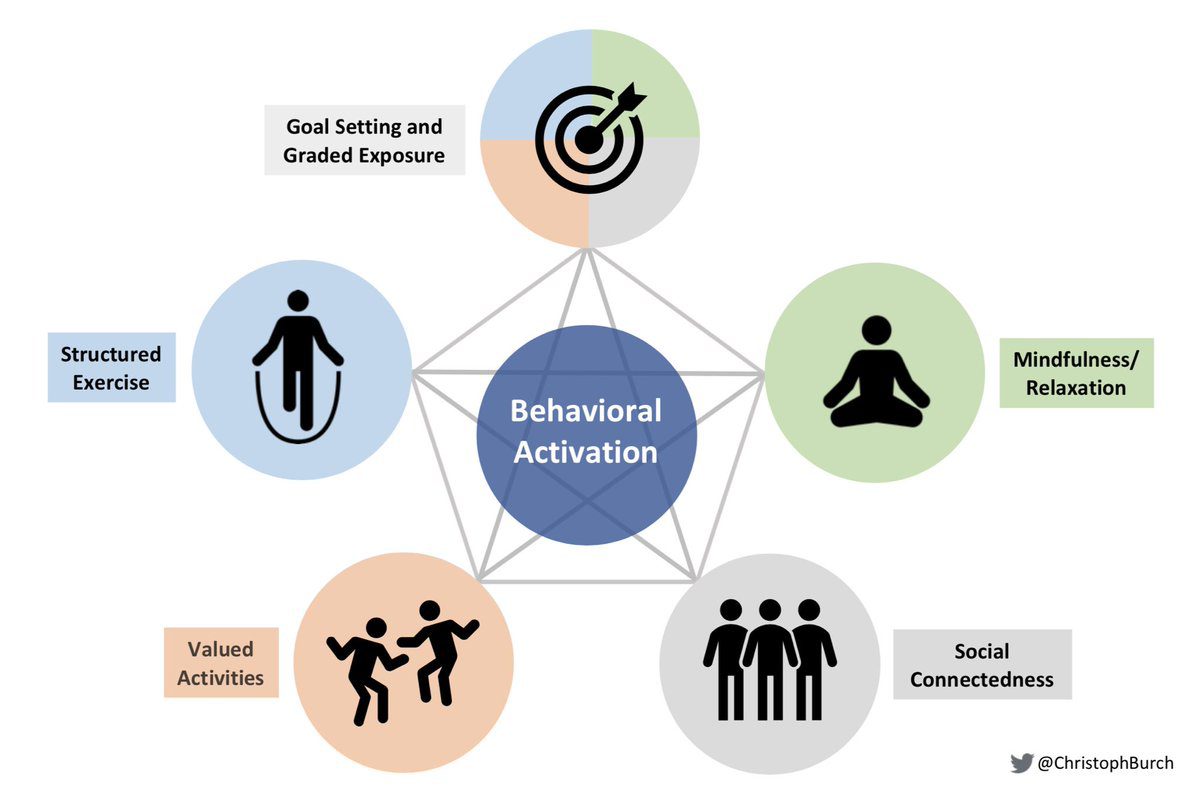Four steps toward finding some joy during Covid times

Happy Second Anniversary?
Hardly! I hear and see a creeping hopelessness at the upcoming anniversary of efforts to contain Covid-19 and its variants. This pandemic affected everyday life starting in March 2020. The coming dread, then the “lockdown.” The string of “do this!”; actually, “you don’t need to do this anymore.” Then, “do that instead!”; actually, “that will help, but the other thing is even better”… Then “there’s a vaccine coming, hurray!” Followed by, “the vaccine does not bring life back to normal”. You were there: you know.
In October 2021, I wrote about how grouchy I was about limiting my social interactions. Since you all aren’t here to listen to me be grouchy, I included my outline for how to live through the pandemic is limited regret. If you are seriously avoiding exposure — and not going to places where you are at risk — you are missing opportunities to be with friends and family. If you are going into settings with other people and without masks, you are risking exposure and illness. I outlined how to make decisions about this kind of daily self-care.
The timing at the New York Times was a little different. It was in April 2021 that they published an article about languishing. So many people were feeling “blah” in a big way. We were living in limbo, putting one foot in front of the other and getting through the day. It wasn’t depression. It was joyless living. It is not good for us.
It was in February 2022 that the New York Times followed up with a plan against languishing. Brad Stulberg, the author, shared the tactic known as behavioral activation. He writes:
[Behavioral activation was] First developed in the 1970s by the clinical psychologist Peter Lewinsohn as a way to help people work through depression, apathy and negative moods, behavioral activation is based on the idea that action can create motivation, especially when you’re in a rut.
This is not positive thinking. This is positive doing, in small and consistent ways. If you are unmotivated about everything, it is hard to do anything. Doing one small thing that is pleasant or pleasurable can turn the tide to making the possibility of pleasure more real.
Easier said than done
Economic inequality:
A big spot light has been turned on that shows how unequal an experience people are having during the past two years.
Some people were grouchy about isolation and are languishing (like me). For people who can work from home or work in a limited-contact way, the pandemic didn’t change their economic life. People who do not have school-aged children at home made a home office or niche and carried on. The pandemic is not easy for anyone, but some people had fewer hurdles.
Other people were making high stakes decisions about how to run their economic life given their on-the-job Covid risk and the changing needs of their families.
Some people were deciding about whether they had to quit their jobs in order to maintain their physical and mental health and to take care of their families. Most of those people were women. 865,000 women left the workforce in September 2020, and 300,000 left in September 2021. Women get the double-whammy of being more frequently in high-contact professions and also that they culturally bear the brunt of childcare responsibilities.
Remember all those efforts to honor essential workers? There is still huge stress on doctors and nurses. Are we still honoring the grocery, delivery, and restaurant workers? They are still balancing family and personal happiness plus exposure to Covid along with working without enough recognition and facing rudeness because everyone is grouchy. For workers without economic reserves, leaving work can have dire consequences.
It is no wonder that people in public-facing jobs are just putting one foot in front of the other and getting through their day. This makes the need to find some spark of joy (the opposite of languishing) every day.
Psychological barriers:
When anyone is exhausted by life, it is hard to fight the inertia that sets in. There are a million voices in your head that will tell you that it is time to zone out instead of starting something that might bring you joy. Just keep doing, keep doing, keep doing… now you want me to do something else?
You can disrupt the limbo we are falling into. Here are four steps you can take:
- What activities gave you joy in the past? Which of them can be done, given your family’s Covid-times lifestyle choices?
This may be re-establishing a game night at home or on Zoom. It might be taking an online class. It may be learning a new skill or taking up a new hobby. This may be establishing a weekly or monthly phone call with someone you like. It might be revitalizing an old hobby. If you stopped exercising when the gym closed, can you begin again; maybe on Zoom with a partner. Do you like funny books; get some from the library and read for fifteen minutes a day.
Anything is better than going to a default, low energy, pastime like TV (that you are not enjoying) or staring at social media.
Bonus, which of these activities could include your children? This will allow you to model good mental health care and also expose your children to activities that you enjoy.
2. Do small steps. Just like any other habit, you can’t go from doing no exercise to being a triathlete in a month. Promise yourself fifteen minutes a day at your happiness activity.
3. If the activity is wrong for you, move on. There must be something else to give fifteen minutes to!
4. Habits form when people do an activity for about thirty days. Replace mindless activity that doesn’t really relax you with something that makes you feel engaged. Once it’s a habit, it will happen habitually!